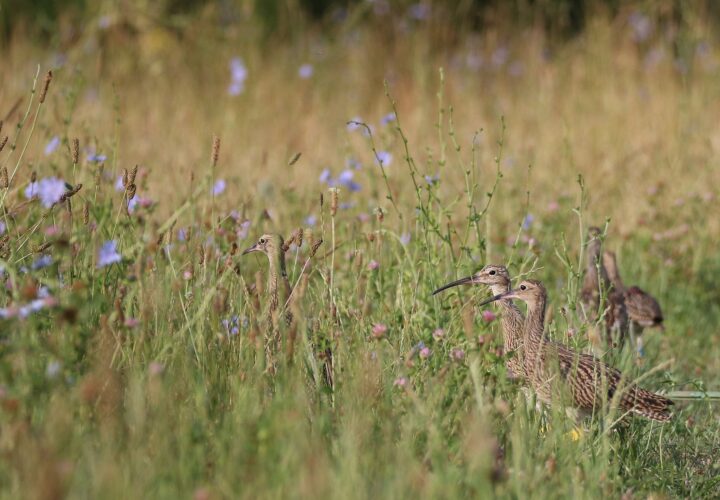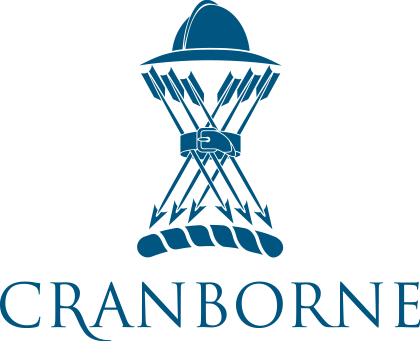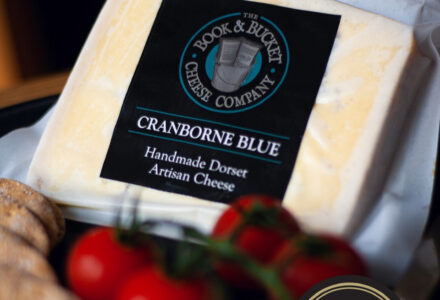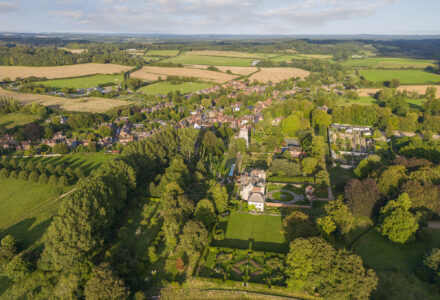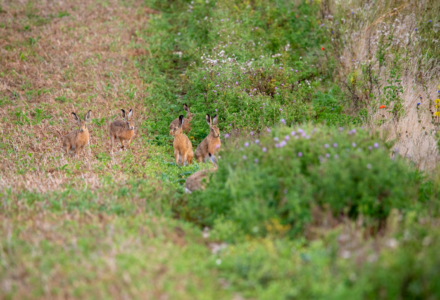The Return of a Distinctive Call: Cranborne Estate’s Commitment to Curlew Conservation
May marked another significant milestone in Cranborne Estate’s ongoing conservation initiatives with the arrival of our 2025 curlew eggs. The carefully selected eggs are a critical step in our comprehensive programme to enhance the regional curlew population.
Our dedication to the curlew, a species of significant ecological and cultural importance, extends beyond the initial incubation and rearing. We continue to monitor the released birds through the use of GPS tracking. The data gathered is yielding encouraging insights, including confirmed sightings as far as Poole Harbour – demonstrating the successful adaptation and dispersal of these birds within the broader Dorset landscape.
A particularly compelling story involves a curlew from our inaugural 2023 cohort. Following a migratory journey that led it to France, the bird has since precisely retraced its route back to Dorset. We are delighted to confirm it is currently present within the immediate vicinity, just ten minutes from the estate. The GPS data shows us that this bird revisited the exact field in which it was reared – a powerful demonstration of the species’ inherent migratory fidelity and homing capabilities.
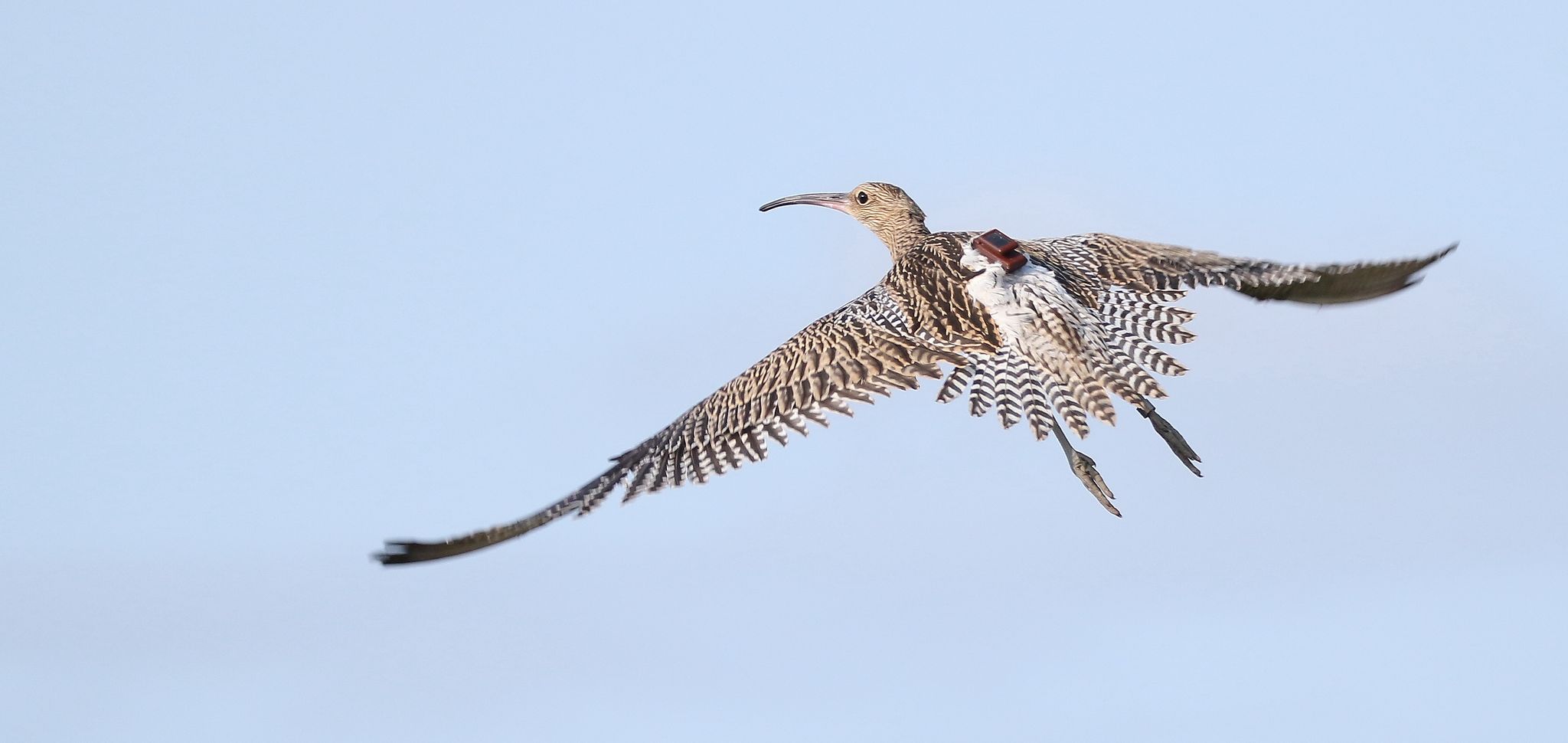
The return of this bird instils considerable optimism, and we remain hopeful that it will attract a mate to Cranborne, thereby establishing a breeding pair. Such an outcome would represent an extraordinary success for the programme.
Why the Curlew? The Imperative of Preservation
The curlew (Numeniusarquata) holds a unique and vital position within the UK’s biodiversity. Recognisable by its distinctive long, down-curved bill and haunting, bubbling call, it is an indicator species, reflecting the health of our wetlands and grasslands.
However, curlew populations in the UK have experienced drastic declines over recent decades, primarily due to habitat loss, changes in agricultural practices, and increased predation pressure. They are now classified as a Red List species, signifying a high risk of extinction.
At Cranborne, our commitment to curlew preservation is multifaceted:
- Ecological Balance: Curlews play a role in their ecosystems, and their decline signals a wider environmental imbalance. Their presence is a hallmark of healthy, diverse landscapes.
- Biodiversity Protection: As a key species for particular habitats, their protection contributes to the overall resilience and richness of the local ecosystem.
- Cultural Heritage: The curlew’s call is an iconic sound of the British countryside, deeply embedded in our natural heritage. Losing this sound would represent an immeasurable loss to the auditory landscape of our nation.
- Responsible Land Stewardship: As custodians of a significant rural estate, we recognise our responsibility to actively manage our land in a way that supports and enhances native wildlife populations, including those under threat.
Through this dedicated conservation programme, encompassing egg incubation, careful release and comprehensive monitoring, we are hoping not only to recover curlew numbers but also to safeguard the ecological integrity and natural heritage of our region for future generations.
